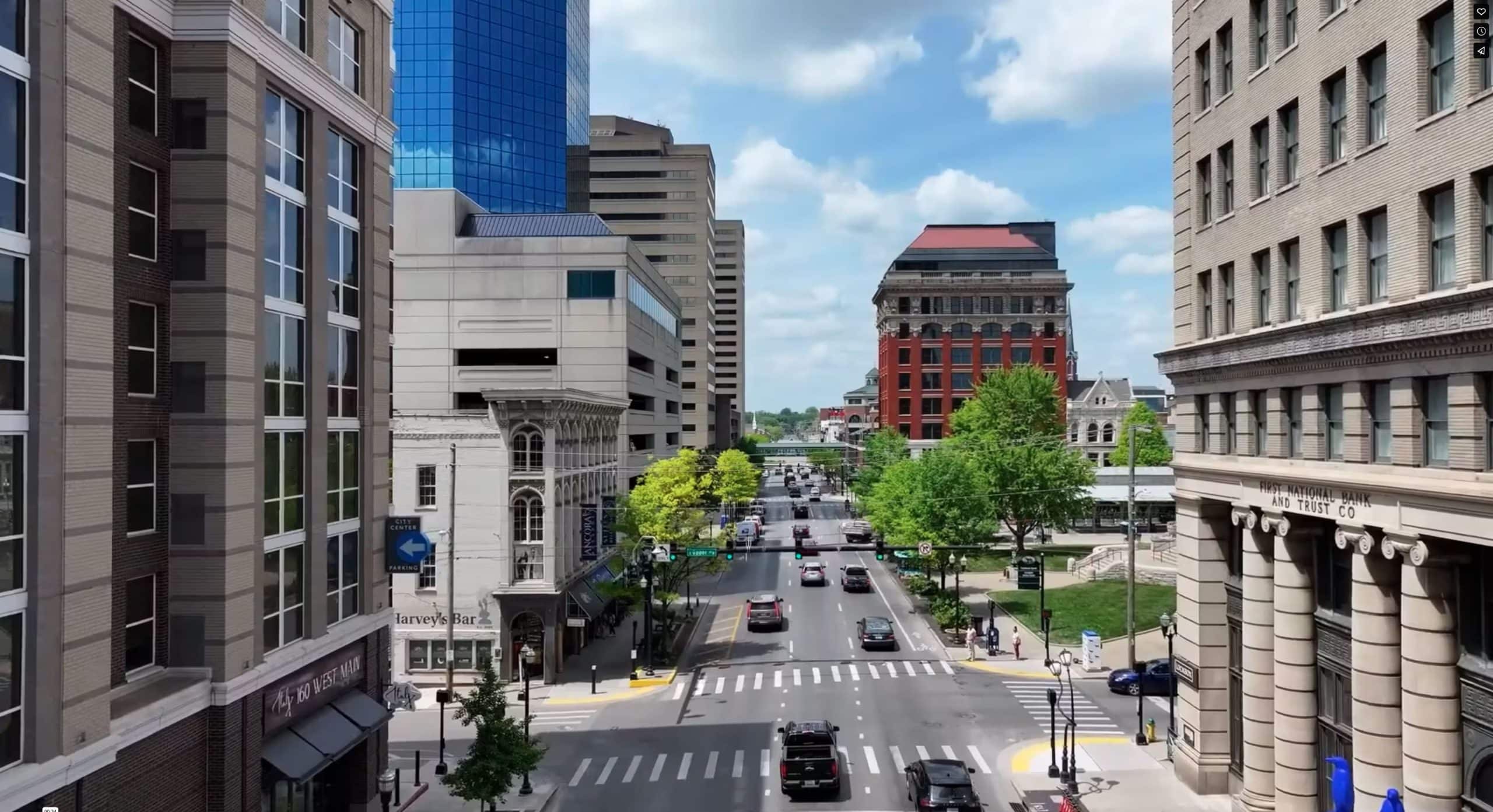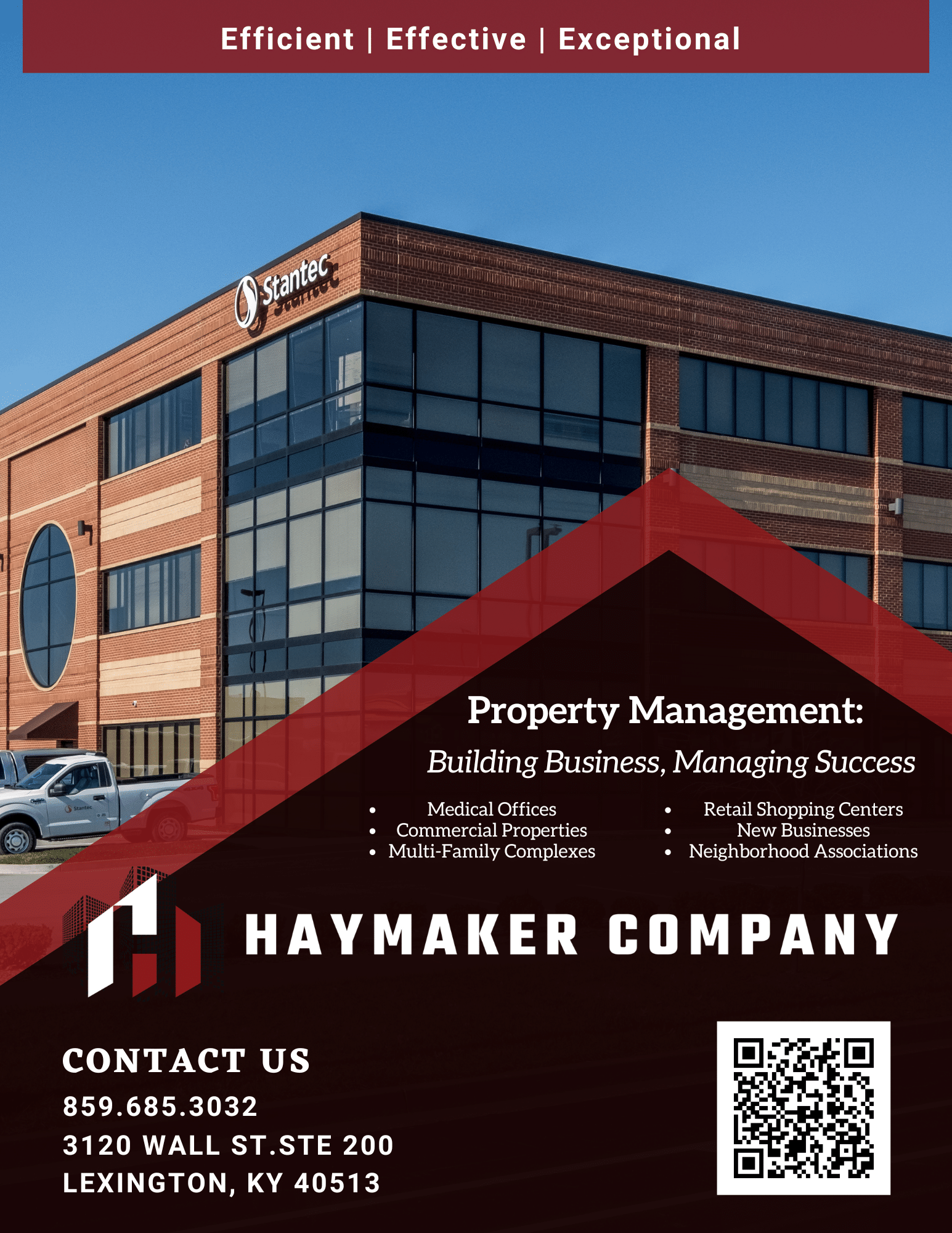
The construction industry in the United States is facing escalating costs, impacting residential and commercial projects alike. Key drivers include surging material prices, labor shortages, supply chain disruptions, and stricter regulatory and environmental standards. Lumber, steel, and concrete prices have risen due to increased demand and supply issues, while the pandemic and geopolitical tensions have further strained supply chains. Labor shortages have driven wages up, with an aging workforce and fewer new entrants exacerbating the problem.
These rising costs are leading to project delays and cancellations, particularly in budget-sensitive areas like public sector projects and affordable housing. Consumers are seeing higher prices for homes and commercial spaces, worsening affordability issues. In response, the industry is adopting innovative technologies like prefabrication and modular construction to improve efficiency and manage costs.
Investment and financing are also affected, with lenders becoming more cautious and developers seeking flexible funding solutions. Despite the higher upfront costs, there is a continued focus on sustainability and resilience, promising long-term savings and reduced environmental impact.
Overall, while rising construction costs present challenges, they also drive innovation and improvements in the industry. Stakeholders must navigate these complexities to ensure the sector’s growth and resilience.





